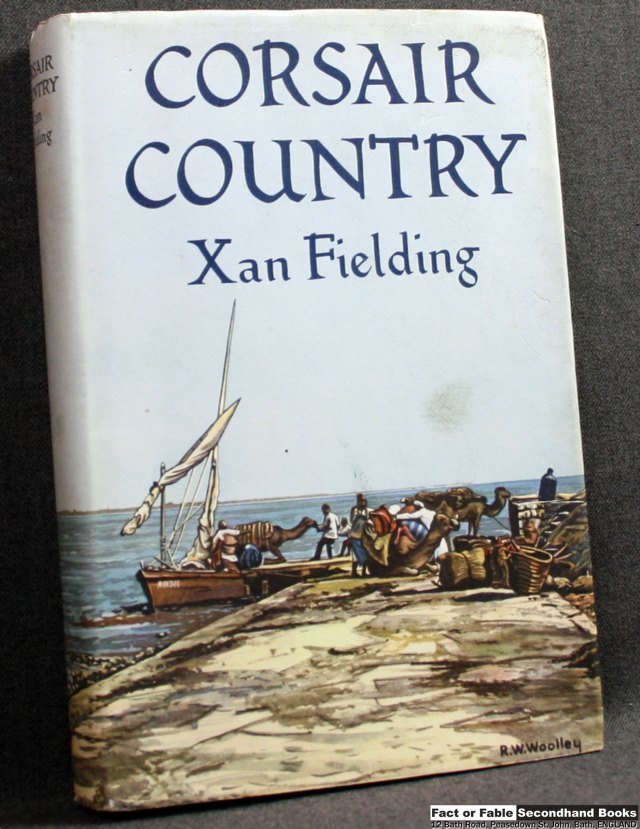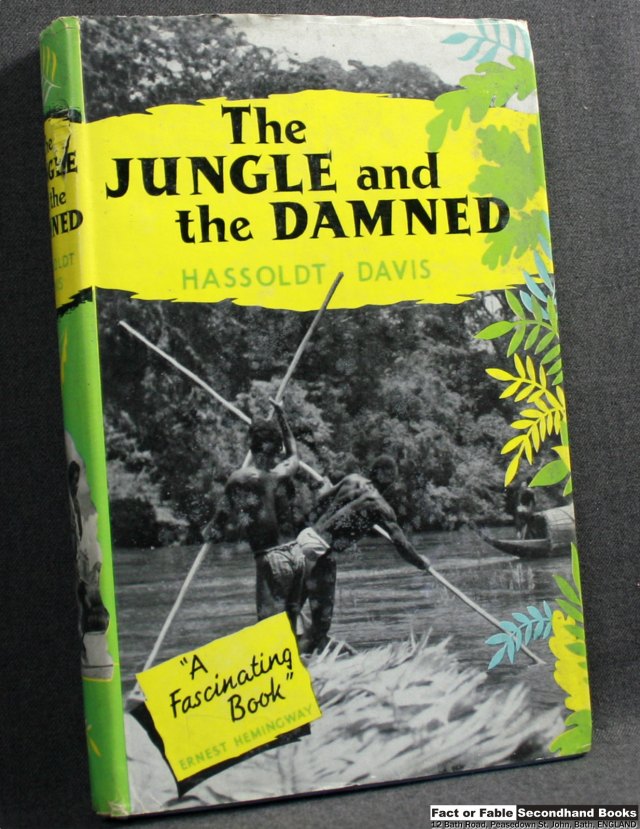The Critical Eye by Guido Ballo lands on the shelves of my shop.
Heinemann, 1969, Hardback in dust wrapper.
Illustrated by way of: Black & White Photographs; Colour Photographs; Black & White Plates; Colour Drawings;
From the cover: Everyone, however uninformed, feels qualified to give their opinion of a work of art: I could do better than that myself, Its a masterpiece, That isnt art”; but how can one be sure that ones own idiosyncrasies of taste and character are not obstructing ones judgement, that one isnt using easy catch-phrases or being influenced by what is fashionable, that it isnt lack of knowledge which prevents one from really appreciating certain works of art ? If the yardstick is simply personal preference, how is it that Impressionism and Byzantine mosaics could not be appreciated in their time; that painters of such stature as Giotto, Titian and Raphael could be so disprized at some epochs ? And why is modern art so incomprehensible to the general public?
To answer such questions properly it is necessary to understand not only the historical context of art, and the limitations and discoveries of each age, but also to school ones own eye to the purely critical. One must recognize the roles of rhythm, form, movement and proportion in great art, admit to the psychological factors which can interfere with appreciation.
With the help of this clear and beautifully illustrated book Guido Ballo sets out to do just this to lay aside the prejudices and ill-thought-out preconceptions which prevent us from viewing works of art with a truly critical eye. He takes us from the earliest days of art right up to the most confusing time of all, the present day, and his book is a very necessary and important one, written for the general reader but invaluable also to art students.
Good+ in Good+ Dust Wrapper. A little rubbing to the edges of the dust wrapper. Spine squared. Leans slightly. Edges of the text block lightly tanned. Text complete, clean and tight.
Blue boards with Gilt titling to the Spine. 291 pages. Index. Bibliography. 9″ x 6″.
Of course, if you don’t like this one there are plenty more available here!









